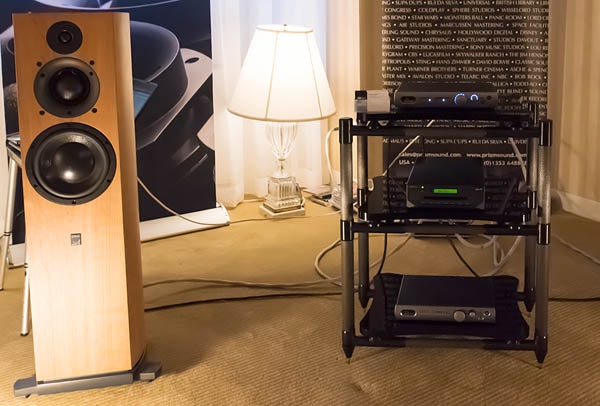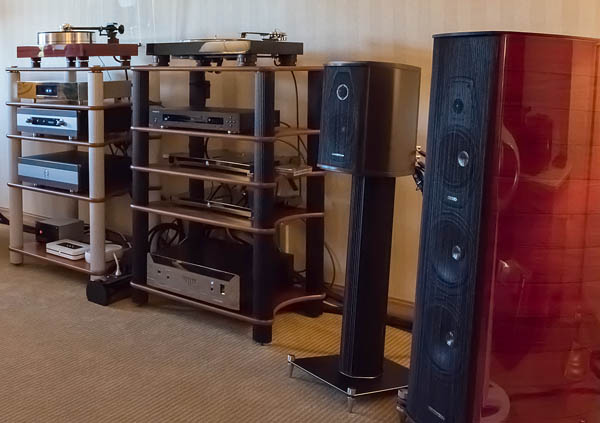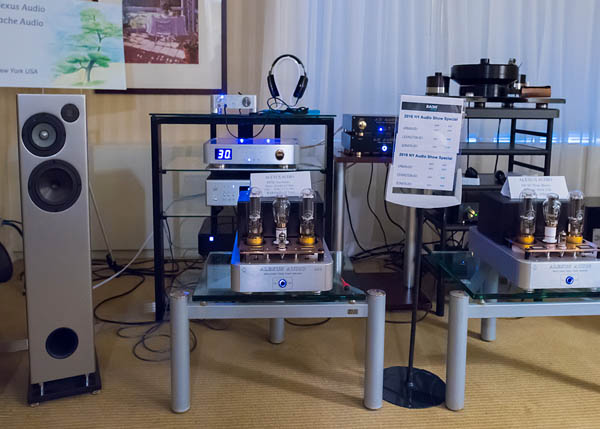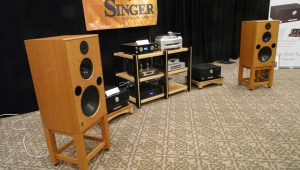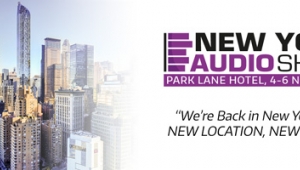| Columns Retired Columns & Blogs |
I have to say that this is one of the douchiest reviews of a show I have seen on this site. I will say this though. We should all listen to what Jim likes. I personally would love an audio show where it is all Public Image Limited, Bad Brains, DK, Minor Threat, ect. Now that would be a good marketing opportunity...A lot of old punks have money now and they all hate Steely Dan...
